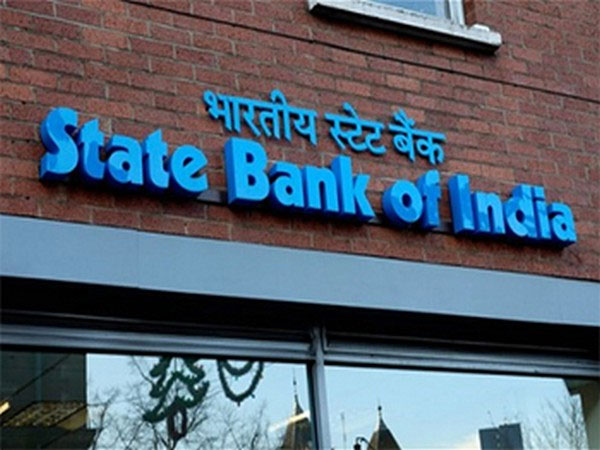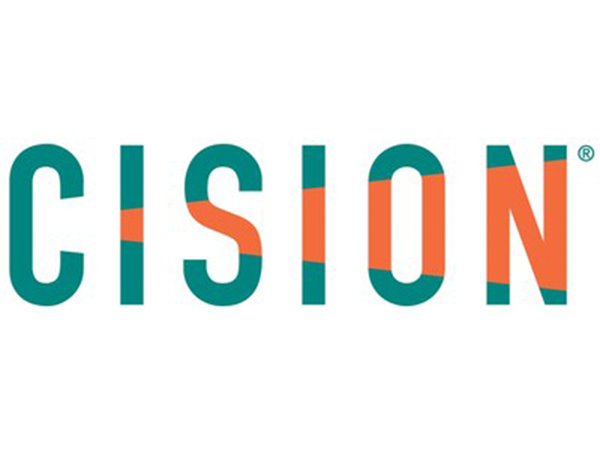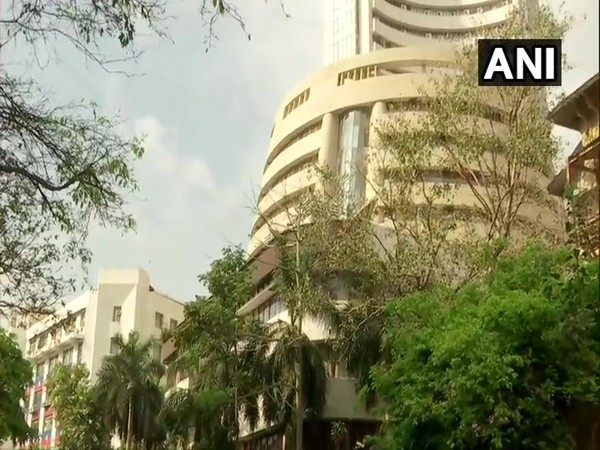New Delhi [India], August 20 (ANI): The recent rationalisation of Goods and Services Tax (GST), also being referred to as GST 2.0, is expected to provide a significant boost to consumption in the current financial year, according to a report by the State Bank of India (SBI).
The report estimated that the GST 2.0 regime, while involving an average revenue loss of Rs 85,000 crore, has resulted in a substantial consumption boost of Rs 1.98 lakh crore.
It stated “The GST 2.0 regime….is estimated to have boosted consumption by Rs 1.98 lakh crore.”
The report also highlighted that when combined with the income tax cuts announced earlier, the overall impact is even more pronounced. Together, both measures are expected to add nearly Rs 5.31 lakh crore to consumption expenditure in the economy, which translates into around 1.6 per cent of GDP.
The SBI analysis highlighted that the measures introduced in FY26 have contributed to a measurable uplift in household demand.
The income tax rate cut alone, which resulted in a revenue loss of about Rs 1 lakh crore, enhanced household disposable incomes. This measure led to an additional Rs 3.33 lakh crore of consumer spending.
In the case of GST, the report said that consumption could see a boost of around 0.6 per cent. To evaluate the demand-side effect of the Rs 85,000 crore GST revenue shortfall in FY25, the analysis modelled it as an effective reduction in indirect taxes borne by households and firms.
A decline in GST collections lowers the tax burden, thereby increasing disposable purchasing power.
The mechanics of this operate in two stages, according to the report. In the first round, households spend a fraction of the tax cut equal to their marginal propensity to consume (MPC).
With MPC at 0.7, the initial injection of consumption is estimated at Rs 70,000 crore. This direct spending further triggers induced rounds of consumption, amplifying the overall impact through the tax multiplier effect.
The report noted that such an outcome points out the importance of a carefully designed tax policy in stimulating domestic demand.
While direct tax cuts directly support household incomes, broad-based indirect tax reforms such as GST 2.0 could have a deeper and more immediate impact on consumption dynamics.
Even without adjustments in revenue loss, the report suggested that the Rs 45,000 crore shortfall is likely to be more than compensated by the potential revenue gains from the GST cut.
An estimated consumption boost of Rs 5.5 lakh crore, with an effective tax rate of around 9.5 per cent, could generate additional GST revenue of Rs 52,000 crore. This would be equally divided between the Centre and states at around Rs 26,000 crore each.
The report further pointed out that on average, the Centre has exceeded its projected tax revenue by Rs 2.26 trillion in the last four years, indicating fiscal space to absorb such reforms. (ANI)
Disclaimer: This story is auto-generated from a syndicated feed of ANI; only the image & headline may have been reworked by News Services Division of World News Network Inc Ltd and Palghar News and Pune News and World News
HINDI, MARATHI, GUJARATI, TAMIL, TELUGU, BENGALI, KANNADA, ORIYA, PUNJABI, URDU, MALAYALAM
For more details and packages



















